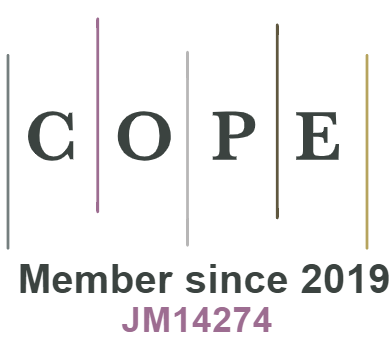“The Best is the Enemy of the Good”

The healthcare professions often attract talented, committed perfectionists. But what can practitioners do when that perfectionism negatively affects rehabilitation? In “The Best is the Enemy of the Good,” David Gillette describes how his PT residency experience, and the thoughtful guidance of his mentors, helped him confront the negative aspects of his perfectionism and turn his thoughts toward the good.
Human Anatomical Gifts and Informed Consent: Three Perspectives
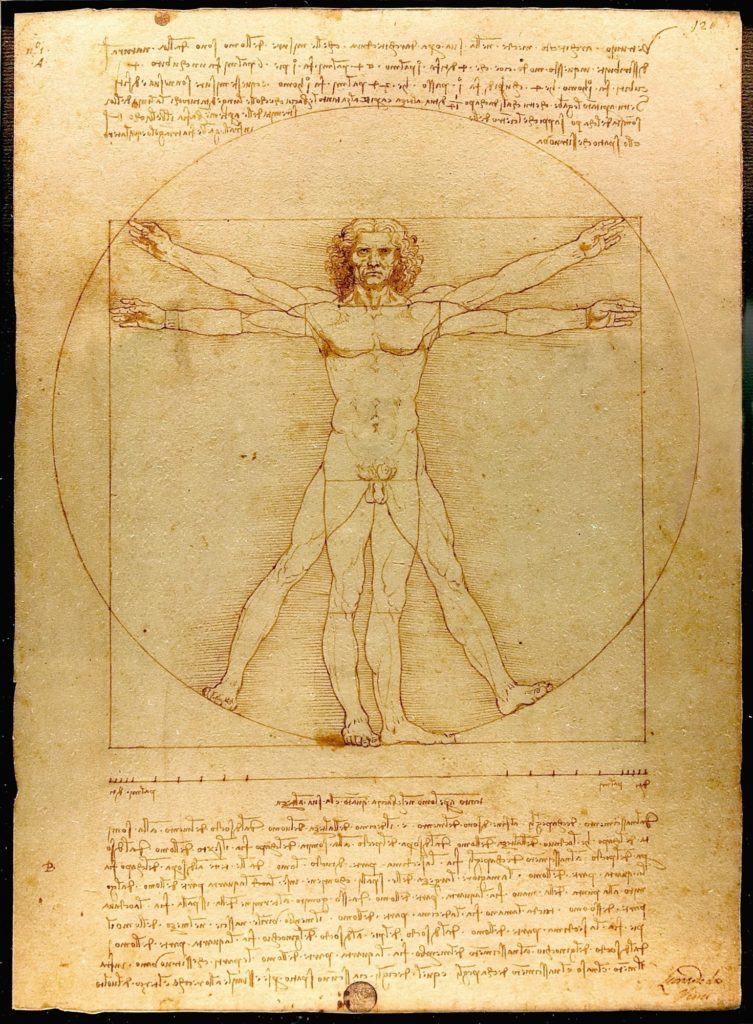
The United States abides by the Revised Uniform Anatomical Gift Act to regulate bodies donated to science; prior consent must be given. When DPT students at Georgia State University had the opportunity to attend an anatomic exhibition displaying preserved human specimens from another country, many ethical questions arose. In “Human Anatomical Gifts,” three writers offer their perspectives, developed during the discussions that ensued, on the ethics of anatomic study—and exhibition.
Reading Eucalyptus: Reflections on Narrative Education in Medicine and Health Sciences

Healthcare educators may find inspiration from a seemingly infinite number of resources. In “Reading Eucalyptus,” Christy D. DiFrances describes how an encounter with a work of magical fiction years ago still provides her with “keen observations that are surprisingly relevant to education in academic medicine and health sciences.”
The Fragility of Life: Through Service I Live

In an honest case study from his residency year, Corey Nolte shows how “my narrow-minded understanding of the resiliency of the will to live was expanded.” As his terminally-ill cancer patient became more frail and less willing to accept treatment, they shared a tender, intimate moment of prayer. Nolte offered comfort through his patient’s final days. By carefully supporting end-of-life wishes, he notes, “we can help to unburden patient angst and give direction to our own moral compass.”
Climbing Back into the World

In her stark and direct poem, Kirsten Woodend details the “multitude of indignities” that someone “in the process of body repair” can suffer. She notes how a person in recovery becomes a child in others’ eyes, “incapable of coping mentally or physically.” The poem asks why these extra psychological burdens must be added to the healing process.
Patient Care During a Pandemic: The Significance of Humanism in Healthcare
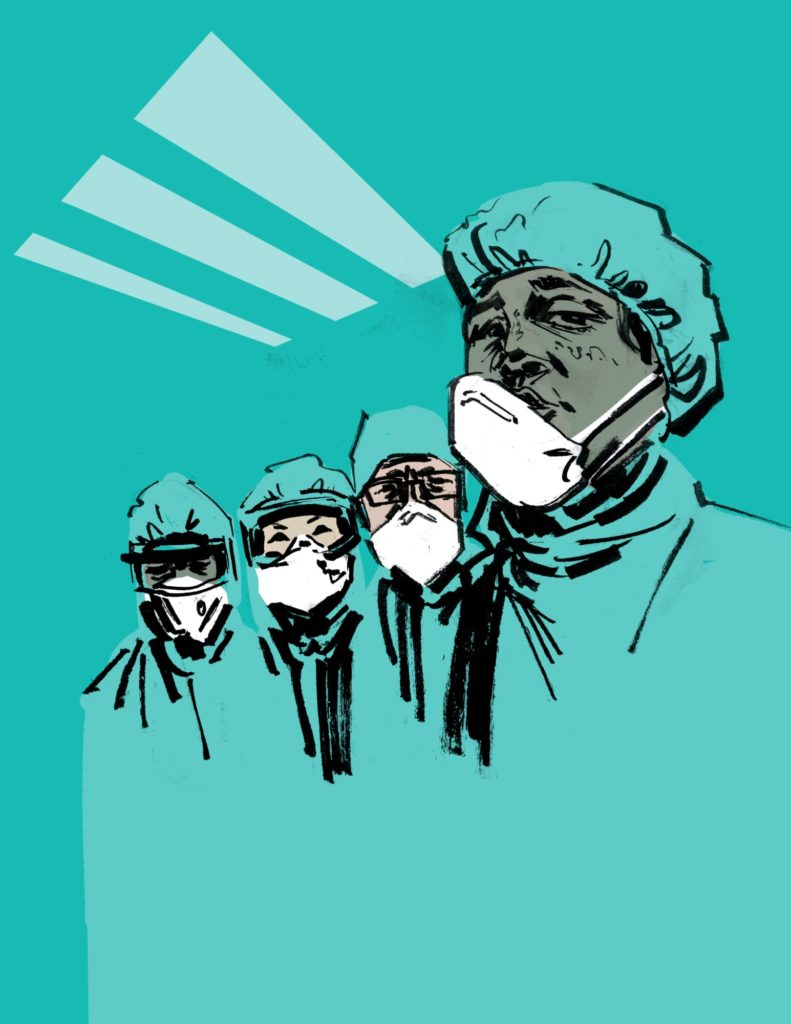
How does a student cope with isolation during a forced four-month break from clinical rotations? Olivia Wolfe enrolled in an online course, Humanism in Health and Healthcare. Its impact inspired her to use her “voice and privilege to uplift and support essential causes fighting the twin pandemics of COVID-19 and racism.” She details her journey to a new commitment to humanism at home and in the clinic.
A Journey Toward Mindfulness
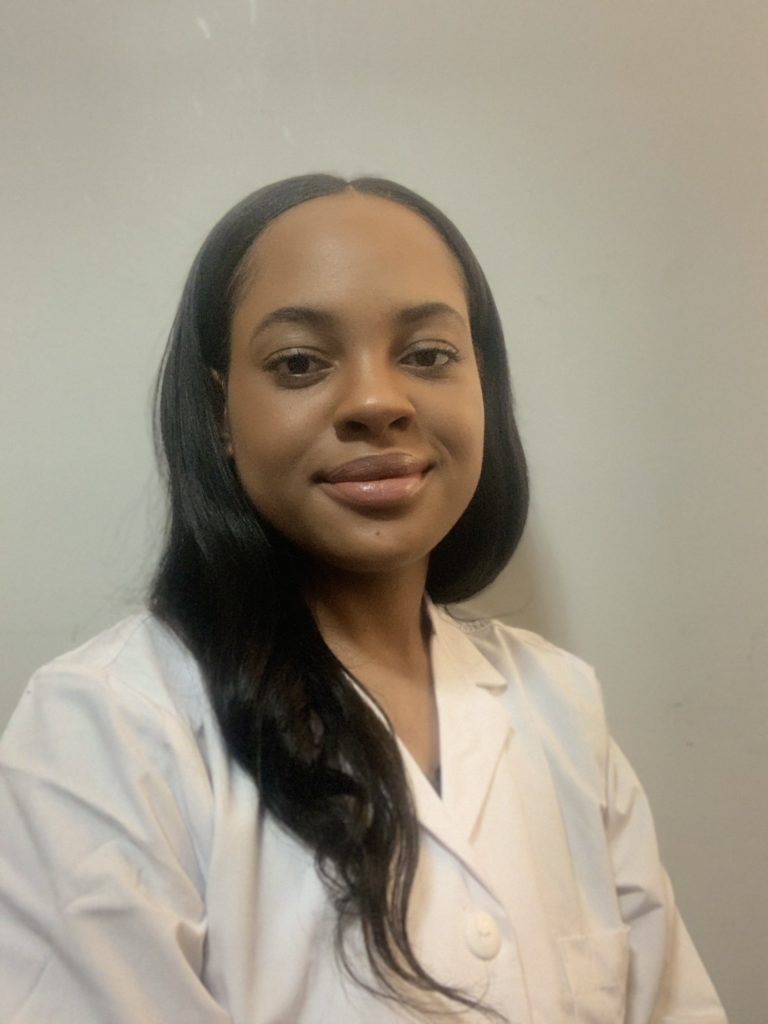
In “A Journey Toward Mindfulness,” Kelsey Robinson, SPT describes the steps she took to turn the effects of a crippling racist remark into a positive force for self-discovery. Rather than holding in her pain and self-doubt, she accepted an invitation to tell her story to young people. “In the process, I found my voice,” she notes. She encourages others to do the same. “Someone needs you,” she states. “The trials you face today will become your strength tomorrow as a clinician.”
The Gift of a Quieted Breath

Hannah Vaca evokes an important learning moment in this moving and heartfelt poem, as she reflects on the gift a donor’s body provides and how a donor’s sacrifice impacts the lives of developing health professionals.
Reflections on Early Attempts to Provide Pain Neuroscience Education in Conjunction With Biopsychosocial Care From the Patient and Interprofessional Team Perspectives

[vc_row content_placement=”top”][vc_column][vc_custom_heading text=”Reflections on Early Attempts to Provide Pain Neuroscience Education in Conjunction With Biopsychosocial Care From the Patient and Interprofessional Team Perspectives” font_container=”tag:h1|text_align:left|color:%231e73be” use_theme_fonts=”yes”][vc_custom_heading text=”By Marc A. Broberg, PT, MSPT, MA, NCS; Benjamin S. Boyd, PT, DPTSc; and Tamara Backer, MS, CCC-SLP” font_container=”tag:h4|text_align:left|color:%23000000″ use_theme_fonts=”yes” css=”.vc_custom_1550767322666{padding-bottom: 30px !important;}”][vc_tweetmeme][vc_column_text]Download the article (pdf)[/vc_column_text][vc_column_text]This case reflection is presented […]
Pitfalls and Pearls of Persistent Pain
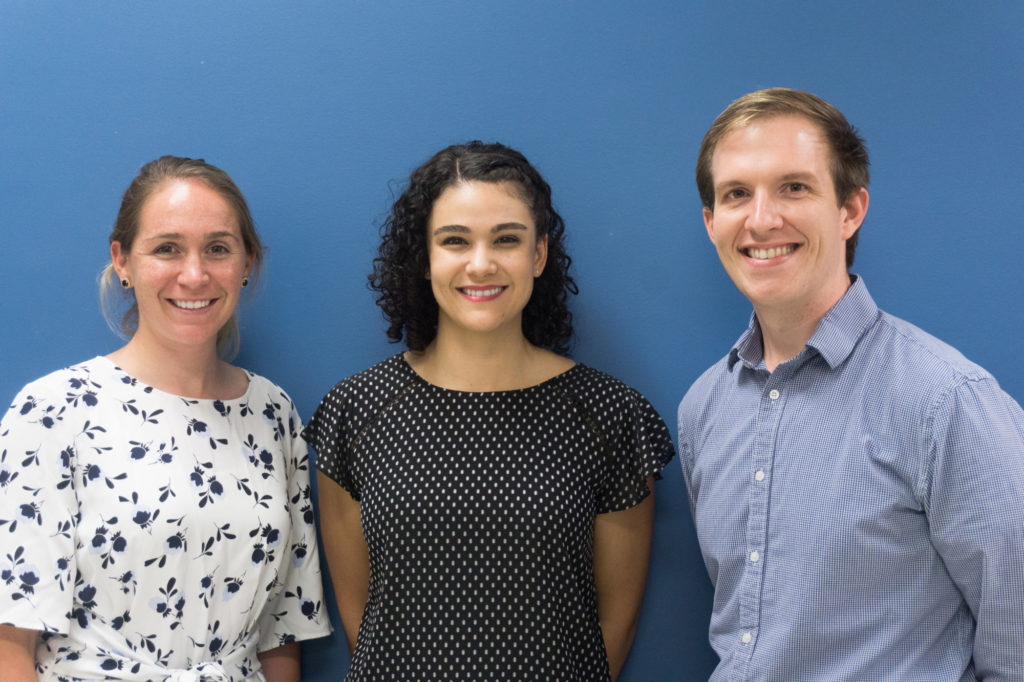
As the subject of chronic pain and its treatment has become crucially important in today’s healthcare and rehabilitation environments, we offer the accounts of three physical therapists who have encountered patients with persistent pain and learned valuable lessons in the process. The article shows how a humanistic approach—involving factors such as trust, shared decision-making, and empathy—can add a psychosocial dimension to the treatment of chronic pain, and work to achieve more lasting results.


